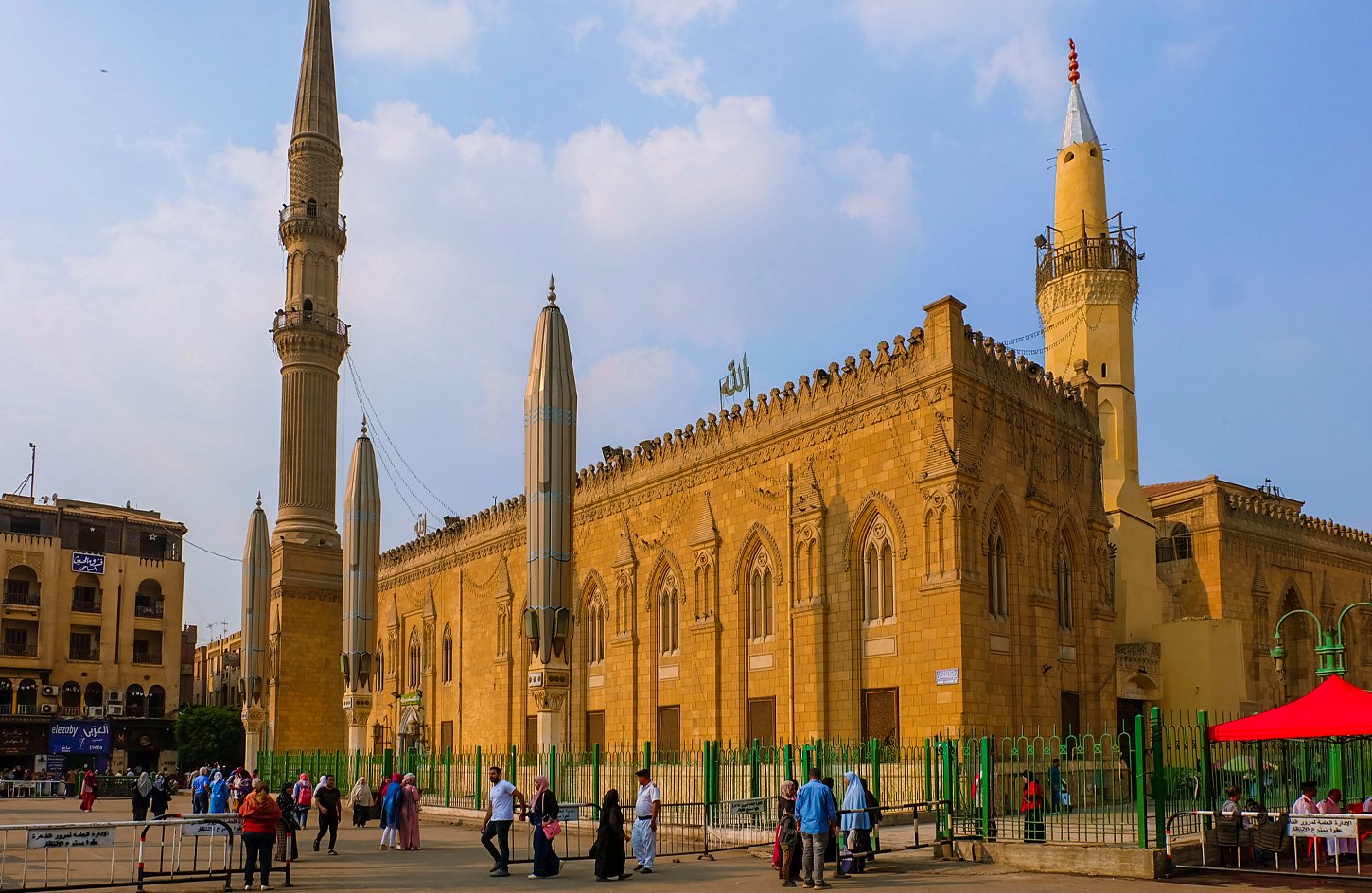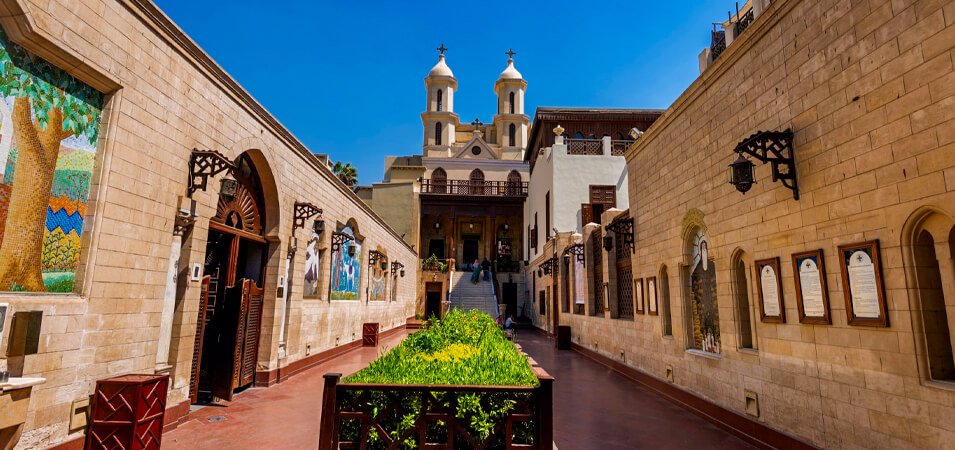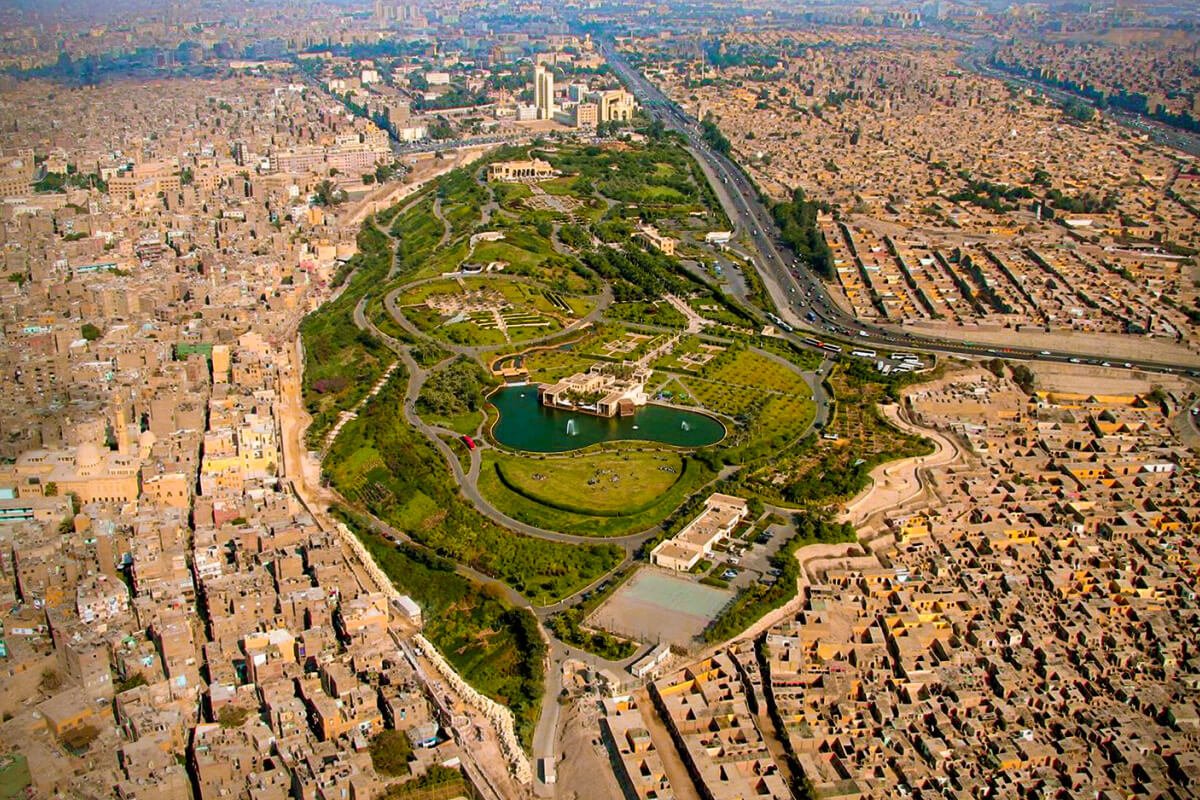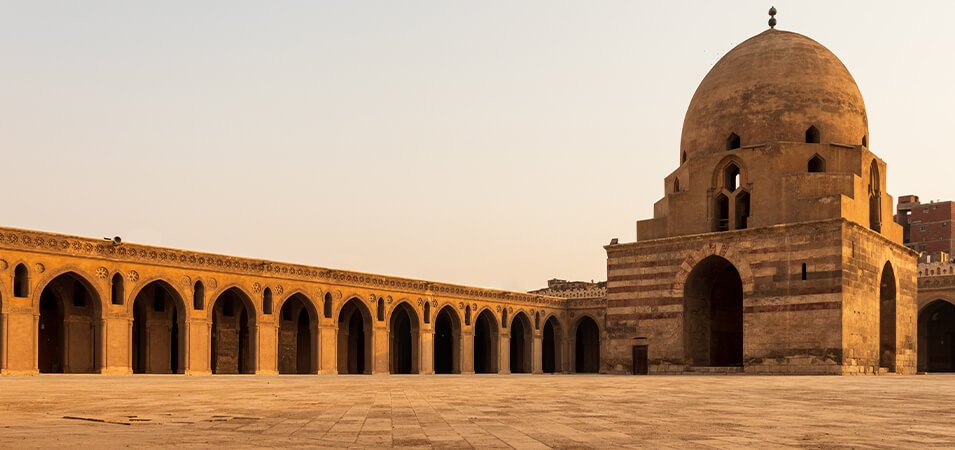Introduction
Cairo captures hearts with its famous pyramids and bustling Khan el-Khalili bazaar. However, the city’s most fascinating stories lie hidden in forgotten corners. Beyond the tourist crowds, ancient mosques whisper tales of scholars and sultans. Moreover, Ottoman-era mansions stand as silent witnesses to centuries of change. So let us discover those hidden gems in Cairo!
Al-Azhar Mosque has educated students for over a thousand years. Meanwhile, the Ibn Tulun Mosque showcases architectural brilliance that most visitors never see. These sites represent just the beginning of Cairo’s hidden treasures.
Furthermore, countless other hidden gems in Cairo await discovery. Medieval merchant houses reveal trading secrets. Ancient Coptic churches preserve early Christian heritage. Besides these wonders, forgotten palaces echo with royal memories.
This journey takes you beyond typical guidebooks. Instead, we’ll explore Cairo’s soul through its lesser-known monuments. Each site tells a unique story about Egypt’s rich past while offering authentic experiences away from crowded tourist attractions.
1. Al-Azhar Mosque: The World’s Second-Oldest University

A Thousand Years of Learning
Founded in 970 AD by the Fatimid dynasty, Al-Azhar Mosque stands as more than a place of worship. This remarkable complex became the world’s second-oldest continuously operating university. Moreover, it remains a leading center of Islamic learning today.
The mosque’s name means “the radiant” in Arabic. However, many visitors rush past without understanding its significance. Al-Azhar shaped Islamic scholarship across centuries. Additionally, it influenced religious thought throughout the Muslim world.
What makes Al-Azhar truly extraordinary is its continuous operation through various dynasties. The Fatimids, Ayyubids, Mamluks, and Ottomans all contributed to its development. Furthermore, each era added unique architectural elements while preserving its educational mission.
Architectural Marvels Worth Discovering
The mosque features stunning Fatimid-era architecture mixed with later additions. Multiple courtyards create peaceful spaces for reflection. Furthermore, intricate mihrab decorations showcase medieval craftsmanship.
The main prayer hall displays extraordinary attention to detail. Ancient columns support pointed arches that create rhythmic patterns of light and shadow. Moreover, the original wooden minbar (pulpit) dates back to the 15th century and features intricate geometric inlays.
Key highlights include:
- Five minarets from different historical periods
- Marble columns salvaged from ancient Egyptian temples
- Beautiful calligraphy covering interior walls
- Peaceful courtyards perfect for photography
- Student dormitories that housed scholars from across the Islamic world
Visiting Tips for Maximum Experience
Early morning visits offer the best experience. Besides avoiding crowds, you’ll witness students beginning their daily studies. The atmosphere feels particularly spiritual during dawn prayers.
Photography is permitted in most areas. However, respect worshippers and ask permission before taking pictures. Moreover, dress modestly and remove shoes before entering prayer halls.
Consider visiting during academic sessions to observe traditional teaching methods. Students still gather in circles around professors, continuing centuries-old educational traditions. Furthermore, the adjacent Islamic Art Museum provides additional context about the mosque’s historical significance.
2. Ibn Tulun Mosque: Best-Preserved Hidden Gem in Cairo
Unique Design That Defies Time
Built in 879 AD, the Ibn Tulun Mosque represents Cairo’s oldest mosque remaining in its original form. Ahmad ibn Tulun, the city’s semi-independent ruler, commissioned this masterpiece. Furthermore, he insisted on using no materials from other buildings.
The mosque covers six and a half acres. Its massive size impresses every visitor. Additionally, the simple yet elegant design creates a sense of timeless serenity.
Ibn Tulun’s decision to use only new materials reflected his desire for independence from the Abbasid Caliphate. The red brick construction with stucco decorations demonstrates local craftsmanship. Moreover, the building techniques influenced mosque construction throughout Egypt for centuries.
The Famous Spiral Minaret
The mosque’s spiral minaret stands as its most distinctive feature. This unique design draws inspiration from the Great Mosque of Samarra in Iraq. Moreover, it’s the only spiral minaret in Egypt.
The minaret rises 40 meters high and features external stairs winding around the tower. This design allows multiple people to climb simultaneously without crowding. Furthermore, the minaret’s construction showcases advanced engineering knowledge.
Climbing the minaret offers:
- Panoramic views of Islamic Cairo
- Perfect photo opportunities of the courtyard below
- Unique perspective of the city’s rooftops
- Sunset views that photographers dream about
- Historical context about medieval city planning
Architectural Details Worth Studying
The mosque showcases Abbasid architectural style. Pointed arches surround the vast courtyard. Besides their beauty, these arches demonstrate advanced engineering knowledge.
The stucco decorations feature intricate geometric patterns. However, no human or animal figures appear, following Islamic artistic traditions. Furthermore, the fountain in the center once provided water for ritual washing.
The mihrab (prayer niche) displays exceptional craftsmanship. Gold and colored glass mosaics create stunning patterns that change throughout the day. Moreover, the wooden minbar demonstrates the woodworking skills of medieval craftsmen.
3. More Hidden Treasures Awaiting Discovery
Bayt Al-Suhaymi: Ottoman Elegance Preserved
This 17th-century Ottoman house showcases how wealthy merchants lived. The building features traditional mashrabiya screens and cooling wind towers. Moreover, its rooms display period furniture and decorations.
The house demonstrates ingenious environmental design. Wind catchers on the roof direct cooling breezes into interior spaces. Furthermore, the mashrabiya screens provide privacy while allowing air circulation.
The reception rooms feature elaborate decorations and comfortable seating areas. Wealthy merchants entertained guests while conducting business in these spaces. Additionally, the house includes separate areas for family privacy and commercial activities.
Don’t miss:
- Rooftop terraces with Old Cairo views
- Traditional reception halls with fountain centerpieces
- Intricate woodwork throughout the building
- Peaceful courtyards perfect for escaping city noise
- Original Ottoman-era furniture and decorations
Mosque of Sultan Al-Muayyad: Mamluk Magnificence
Built in 1420 AD, this mosque demonstrates Mamluk architectural prowess. The twin minarets rise majestically above Bab Zuweila gate. Furthermore, the interior features stunning marble work and painted ceilings.
The mosque’s bronze-plated doors originally belonged to Sultan Hassan’s mosque. However, Al-Muayyad moved them here after completing construction. Additionally, the site once housed a prison where the sultan himself was once imprisoned.
The mosque’s location above the medieval city gate creates a unique architectural composition. This strategic positioning allowed the sultan to demonstrate his power while providing spiritual guidance to the city. Moreover, the elevated position offers excellent views of surrounding medieval neighborhoods.
Wekalet El Ghouri: Medieval Trading Hub
This 16th-century caravanserai served traveling merchants for centuries. The ground floor housed shops and storage areas. Meanwhile, upper floors provided accommodation for traders and their goods.
The building represents the sophisticated commercial networks that connected Cairo to international trade routes. Merchants from across the Mediterranean, Red Sea, and Indian Ocean regions conducted business here. Furthermore, the caravanserai’s design facilitated both commerce and cultural exchange.
Today, the building hosts cultural performances and craft workshops. Moreover, visitors can explore the traditional architecture and learn about medieval trade routes.
Experience includes:
- Traditional craft demonstrations by local artisans
- Evening performances of Sufi dancing
- Historical exhibits about medieval trade
- Architectural tours explaining the building’s purpose
- Opportunities to purchase authentic handmade crafts
Gayer-Anderson Museum: European Collector’s Paradise
This museum occupies two connected 17th-century houses. Major Robert Gayer-Anderson collected Islamic art and furniture throughout his career. Furthermore, he restored these buildings to showcase his remarkable collection.
The museum displays period rooms exactly as wealthy families used them. Additionally, the rooftop offers spectacular views of Ibn Tulun Mosque next door.
Gayer-Anderson’s collection includes rare manuscripts, antique furniture, and decorative arts from across the Islamic world. His restoration work preserved architectural details that might otherwise have been lost. Moreover, the museum provides insights into both Islamic domestic architecture and colonial-era collecting practices.
4. Hidden Coptic Treasures in Old Cairo

Hanging Church: Suspended Above History
The Hanging Church (Al-Muallaqa) sits atop Roman fortress ruins. This architectural wonder appears to hang in mid-air. Moreover, it houses some of Egypt’s most precious Coptic manuscripts.
The church features beautiful wooden screens and ancient icons. Furthermore, its location provides insights into Cairo’s Christian heritage that predates Islamic conquest.
Built in the 3rd century AD, the church represents one of Egypt’s oldest Christian sites. The wooden roof, shaped like Noah’s Ark, symbolizes salvation and divine protection. Additionally, the church’s elevated position created a sense of spiritual transcendence for early Christian communities.
The church’s collection includes rare manuscripts and religious artifacts dating back over a millennium. Many of these items survived periods of religious persecution and political upheaval. Furthermore, the church continues to serve an active Coptic Orthodox congregation.
Ben Ezra Synagogue: Jewish Heritage Preserved
This ancient synagogue preserves Cairo’s Jewish history. According to tradition, it stands where baby Moses was found. Moreover, the famous Cairo Geniza documents were discovered here.
The building showcases beautiful architecture and historical artifacts. Additionally, it represents the multicultural nature of medieval Cairo.
The synagogue’s history spans over a thousand years. Originally a Christian church, it was converted to a synagogue in the 12th century. Furthermore, the building served Cairo’s Jewish community through various historical periods.
The Cairo Geniza, discovered in the synagogue’s storeroom, contained hundreds of thousands of manuscripts. These documents provided unprecedented insights into medieval Jewish life, trade relationships, and cultural exchanges. Moreover, they revealed the complex social networks that connected Jewish communities across the Mediterranean world.
5. Secret Palaces and Forgotten Monuments
Beit El-Razzaz: Hidden Mamluk Palace
This 14th-century palace showcases Mamluk residential architecture at its finest. The building features elaborate stone carvings and peaceful courtyards. Moreover, it demonstrates how Mamluk nobles lived during Cairo’s golden age.
The palace’s reception halls display intricate geometric patterns in marble and stone. These decorations reflect the mathematical precision that characterized Islamic art. Furthermore, the building’s layout reveals sophisticated understanding of climate control and privacy needs.
Sabil-Kuttab of Katkhuda: Charitable Architecture
This 18th-century Ottoman structure combines a public fountain (sabil) with a Quranic school (kuttab). The building represents Islamic charitable traditions that provided free water and education to the community.
The sabil’s bronze grilles showcase exceptional metalwork skills. Moreover, the upper floor’s geometric decorations demonstrate Ottoman artistic influence in Egypt.
Practical Tips for Exploring Hidden Gems in Cairo
Best Times to Visit
Early morning visits provide cooler temperatures and fewer crowds. Moreover, morning light enhances photography opportunities. However, check prayer times to avoid disrupting religious services.
Winter months (November through March) offer the most comfortable weather. Furthermore, Ramadan creates unique spiritual atmospheres but may affect opening hours.
Consider visiting during different times of day to experience changing light conditions. Many sites offer completely different atmospheres at dawn, midday, and sunset. Additionally, some locations host special events or exhibitions that enhance the visitor experience.
Getting Around Safely
Use reputable transportation services for maximum safety and convenience. Moreover, local guides can provide historical context that enhances your experience. Furthermore, they know the best times to visit each site.
Transportation tips:
- Book private transfers for door-to-door convenience
- Use official tour guides for historical accuracy
- Plan routes efficiently to maximize your time
- Stay hydrated and wear comfortable walking shoes
- Carry cash for entrance fees and tips
Cultural Considerations
Respect local customs and religious practices when visiting these sites. Many locations remain active places of worship. Furthermore, modest dress is required at all religious sites.
Learn basic Arabic greetings to show respect for local culture. Moreover, understanding Islamic and Coptic traditions enhances appreciation of these historical sites.
Conclusion
Cairo’s hidden historical sites offer experiences that mainstream tourism often misses. These forgotten treasures reveal the city’s true character beyond famous monuments. Moreover, they provide intimate glimpses into centuries of human civilization.
From Al-Azhar’s scholarly traditions to Ibn Tulun’s architectural genius, each site tells compelling stories. Furthermore, Ottoman mansions and Coptic churches add layers to Cairo’s multicultural heritage.
However, finding and accessing these gems requires local knowledge and reliable transportation. Besides safety considerations, expert guides enhance understanding and appreciation of historical significance.
Ready to uncover Cairo’s best-kept secrets? Book a private tour with Easy Transfer 24/7 today! Our experienced guides will lead you through hidden alleyways to discover treasures most visitors never see. Moreover, our comfortable vehicles ensure safe, convenient transportation between sites.
Don’t settle for typical tourist experiences. Instead, dive deeper into Cairo’s fascinating past and create memories that will last a lifetime. Book your hidden gems in Cairo tour now!
Check out our other articles:


